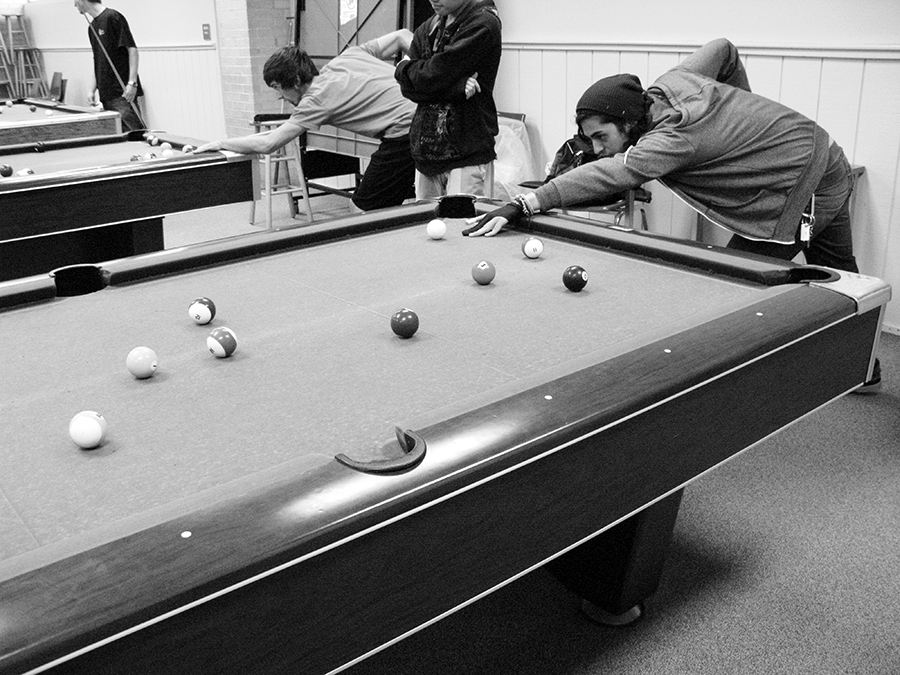By Jim Birmingham/reporter
Schoolwork can be difficult, and problems can arise while trying to complete one’s work, so communicating with an instructor can be helpful, a NE professor told students March 10.
For some students, this presents a roadblock, said speech and communication arts department chair Lisa Benedetti. A student may be too shy or not know how to effectively convey what he or she needs help with.
There is more than one way a student can communicate with an instructor, but the most effective way is face-to-face communication, Benedetti said.
If a student is too shy to raise his or her hand in class, the student should ask questions in person with the instructor before or after class, Benedetti said. If time is an issue, e-mail can be more convenient for the student or instructor.
E-mail communication has a few downsides, Benedetti said.
“You won’t know what their response time is going to be like,” she said. “And the messages you send are not always, and most often not, the message received,” she said.
Non-verbal communication is an essential part of communication, Benedetti said, and this facet is removed when one chooses e-mail.
Benedetti said students may not be aware of the etiquette they should use while e-mailing either.
“Emoticons are not professional,” she said. “Be courteous and don’t use ‘you’ language. Use ‘I’ language instead.”
Students should not write in caps or underline, Benedetti said.
“That’s like going in to their office and yelling at them,” she said. “Craft your e-mails in Word, then spell and grammar check them.”
Face-to-face communication should always be a first choice, Benedetti said.
“If you’re going to use e-mail, think about how there are lost communication opportunities in e-mail,” she said.
If face-to-face communication before or after class doesn’t give enough time, Benedetti recommended checking WebAdvisor or the class syllabus for the instructor’s office hours. This can give students more time with their instructor to clear up any uncertainties and misunderstandings, she said.
But in-class etiquette is also important, Benedetti said, so she had some tips in this area too.
“Make sure you give your teacher your attention,” she said. “Turn off your cell phone … if you’re in a computer class, don’t check your Facebook status. You’re here to learn.”
The bottom line is to be engaged and act appropriately by not bringing in food or speaking over others, she said.
Professors are potential network members, Benedetti said. A student may need a letter of recommendation, and communicating successfully with a professor to get that recommendation is key.
Students should provide the professor with proper materials so they can best help, Benedetti said. Things that are important to include are a current résumé, GPA, services that one volunteers for and any other helpful information.
Benedetti said talking face to face when asking for a recommendation is most effective if the student is currently taking a class with the instructor.
If asking by e-mail, she said to be courteous and provide information to the professor such as what semester their class was taken, so they can recognize who is e-mailing them.
Good communication is especially important when conflict is involved, Benedetti said.
“If you’re having a problem with an instructor, always start with that instructor,” she said. “Try to communicate with them first and take responsibility for yourself. Remember not to attack but communicate in a way that diffuses your feelings.”

























